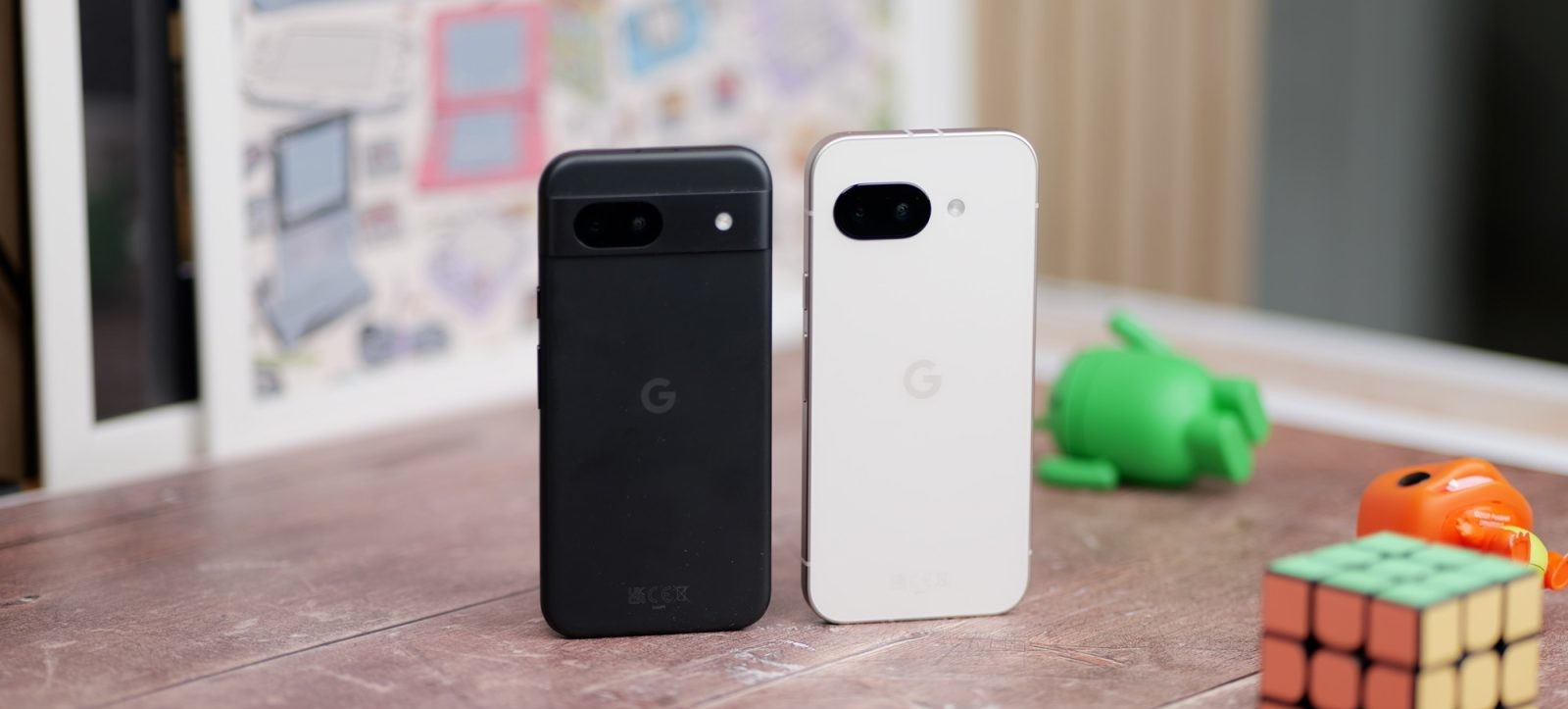In a significant advancement for military family communications, Google Beam has partnered with the United Service Organizations (USO) to introduce 3D video calling capabilities. This collaboration aims to bridge the physical distance between deployed service members and their families, offering a more immersive and lifelike communication experience.
The Evolution of Google Beam
Originally unveiled as Project Starline, Google Beam represents a leap forward in video conferencing technology. The platform utilizes advanced 3D imaging and real-time translation features to create a virtual environment where participants feel as though they are in the same room. This innovation is particularly beneficial for military families, who often endure prolonged periods of separation due to deployments.
Enhancing Military Family Connections
The partnership between Google Beam and the USO is designed to address the unique challenges faced by military families. Traditional video calls, while helpful, often fall short in conveying the nuances of in-person interactions. Google Beam’s 3D video calls aim to replicate the depth and presence of face-to-face meetings, allowing service members to engage more meaningfully with their loved ones.
Real-Time Translation: Breaking Language Barriers
A standout feature of Google Beam is its real-time translation capability. This function enables seamless communication between individuals who speak different languages, ensuring that language barriers do not impede the connection between service members and their families. The integration of natural AI-generated language translation fosters inclusivity and understanding, which is crucial in the diverse environments where military personnel operate.
Technical Innovations Behind Google Beam
Google Beam’s technology is built upon sophisticated 3D rendering and AI-driven translation systems. The platform captures high-resolution images of participants, processes them to create realistic 3D representations, and displays them in real-time. This process involves complex algorithms that ensure smooth and natural interactions, even when participants are thousands of miles apart.
Deployment and Accessibility
The collaboration with the USO will see Google Beam’s technology deployed in various USO centers worldwide. These centers serve as hubs for military personnel and their families, providing a range of support services. By integrating Google Beam’s 3D video calling capabilities, the USO aims to enhance the quality of communication for military families, making it more accessible and impactful.
User Experience and Feedback
Initial trials of Google Beam within the military community have yielded positive feedback. Users have reported a significant improvement in the quality of their interactions, noting the lifelike presence and clarity of the 3D video calls. The real-time translation feature has also been praised for its accuracy and ease of use, further enhancing the overall experience.
Future Prospects and Expansion
Looking ahead, Google Beam and the USO plan to expand the availability of 3D video calling to more locations and explore additional features that could benefit military families. Potential developments include integrating augmented reality elements and enhancing the platform’s compatibility with various devices to ensure broader accessibility.
Conclusion
The partnership between Google Beam and the USO marks a transformative step in supporting military families. By leveraging cutting-edge 3D video calling and real-time translation technologies, this collaboration aims to provide service members and their loved ones with a communication experience that closely mirrors in-person interactions. As this initiative progresses, it holds the promise of strengthening the bonds between military personnel and their families, regardless of the distances that separate them.



